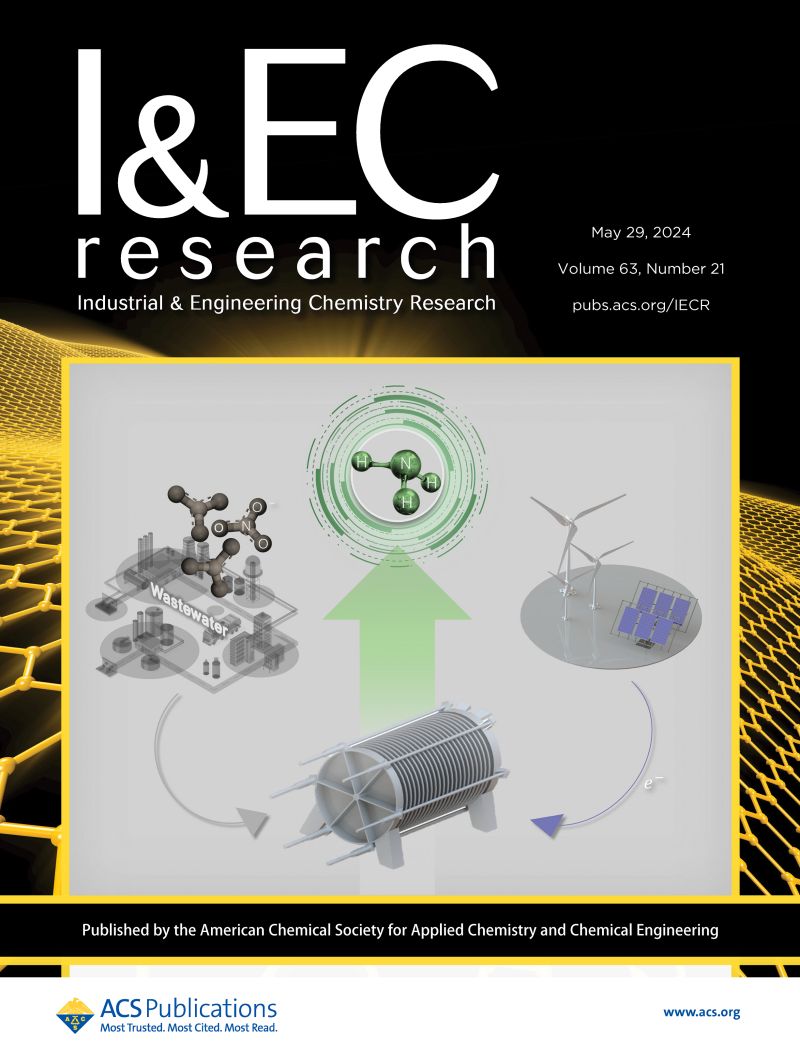Progress in Desalination Composite Membranes: Perspectives and Research Gaps
IF 3.9
3区 工程技术
Q2 ENGINEERING, CHEMICAL
引用次数: 0
Abstract
The research community seeks new techniques and strategies for producing fresh water to overcome the scarcity of drinking water, in which the first alternative deals with removing salt ions and other trace compounds from brackish water and seawater due to its large availability. Membrane technologies, such as nanofiltration, reverse osmosis, membrane distillation, and pervaporation, are likely to be potential tools for selectively removing salt ions from seawater. Today, researchers are working to manufacture more selective, scalable, and productive desalination membranes. Therefore, this review reveals the most recent composite membranes applied in different membrane processes and their outcomes in seawater desalination over the last 5 years (from 2020 until now). Apart from reporting the most relevant membrane concepts, the mechanisms of transport and separation are reviewed in association with the unprecedented membrane separation properties. Finally, the current challenges and future directions are briefly provided for the development of next-generation composite desalination membranes.

海水淡化复合膜的研究进展:展望与研究空白
研究界正在寻求生产淡水的新技术和新策略,以解决饮用水稀缺的问题,其中第一种选择是去除咸水和海水中的盐离子和其他微量化合物,因为咸水和海水的供应量很大。纳滤、反渗透、膜蒸馏和渗透蒸发等膜技术很可能成为从海水中选择性去除盐离子的潜在工具。如今,研究人员正致力于制造选择性更强、规模更大、生产效率更高的海水淡化膜。因此,本综述揭示了过去 5 年(从 2020 年至今)应用于不同膜过程的最新复合膜及其在海水淡化方面的成果。除了报告最相关的膜概念外,还回顾了与前所未有的膜分离特性相关的传输和分离机制。最后,简要介绍了开发下一代复合海水淡化膜的当前挑战和未来方向。
本文章由计算机程序翻译,如有差异,请以英文原文为准。
求助全文
约1分钟内获得全文
求助全文
来源期刊

Industrial & Engineering Chemistry Research
工程技术-工程:化工
CiteScore
7.40
自引率
7.10%
发文量
1467
审稿时长
2.8 months
期刊介绍:
ndustrial & Engineering Chemistry, with variations in title and format, has been published since 1909 by the American Chemical Society. Industrial & Engineering Chemistry Research is a weekly publication that reports industrial and academic research in the broad fields of applied chemistry and chemical engineering with special focus on fundamentals, processes, and products.
 求助内容:
求助内容: 应助结果提醒方式:
应助结果提醒方式:


